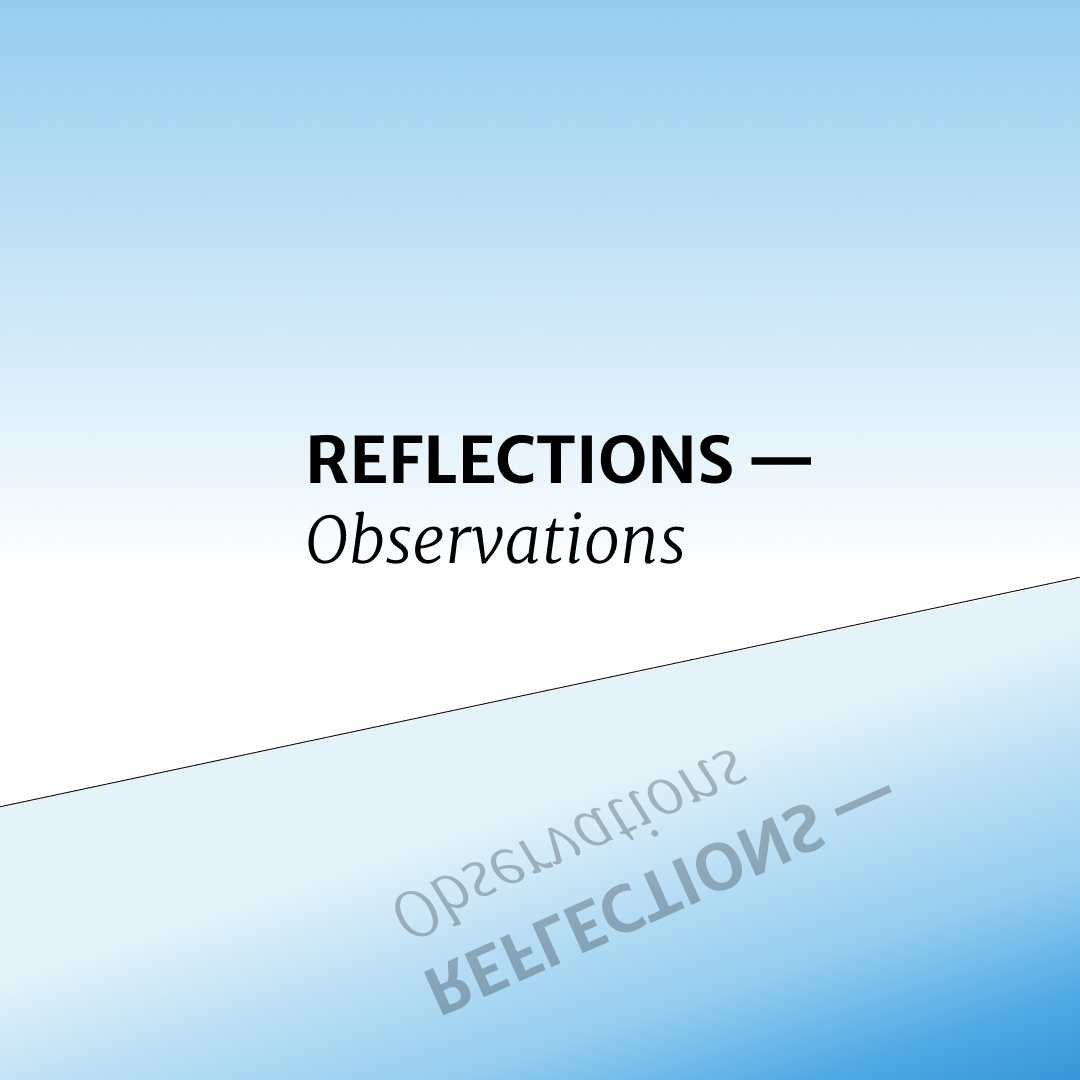(This article first appeared in a special edition to celebrate the 150th anniversary of the Daily Californian, campus newspaper of the University of California, Berkeley.)
In June and September 1979, The Daily Californian published two stories that blew open a national debate over whether Americans could face criminal charges for publishing the basic principles behind the hydrogen bomb. In between the first and second scoops, the paper narrowly avoided bankruptcy.
The Daily Cal had stumbled into a controversy that began earlier that year when the Progressive magazine in Wisconsin challenged nuclear secrecy laws that made it a crime to publish basic information about weapons designs. Like the Pentagon Papers, it was a First Amendment case.
However, while Daniel Ellsberg revealed stolen government secrets, the principles behind the hydrogen bomb were not stolen. They were defined by law as being “born secret,” meaning that even if a person deduced the ideas without stealing classified information, sharing them could make a person subject to criminal charges.
The Progressive said the law stifled debate over nuclear weapons without stopping enemies from figuring out how to design them.It set out to test the law by reading declassified scientific literature to rediscover the “secret.” In March 1979, when it sought to publish an article titled, “The H-Bomb Secret: How We Got It, Why We’re Telling It,” a federal judge issued a prior restraint order to halt publication, and newspapers nationwide jumped into the First Amendment fray. The Daily Cal was well placed to get involved — downhill from the Lawrence Berkeley National Laboratory. Named for physicist Ernest Lawrence, the lab symbolized UC Berkeley’s prowess in physics starting in the 1930s. During World War II, UC Berkeley physicist J. Robert Oppenheimer led a secret project to develop the atomic bomb, and the UC system quietly funneled federal funds to Los Alamos, New Mexico, the site Oppenheimer chose to carry out the work. But in the aftermath of Hiroshima and Nagasaki, a rift opened between dovish scientists, horrified at their own handiwork, and hawks fearful of the former Soviet Union, many of whom helped develop the hydrogen bomb at a second weapons lab in Livermore. Because the UC system continued to manage the weapons labs, the Daily Cal considered the hydrogen bomb story on its beat. As dissident scientists started speaking out in support of the Progressive, the Daily Cal became something of a hometown paper, and weapons scientists answered the phone when student reporters called. On June 13, 1979, the Daily Cal made a nationwide splash by printing a letter from dissident scientists supporting the Progressive, defying government warnings not to do so. Two days later, the paper’s outgoing board of directors abruptly shut down the Daily Cal because it could not pay its bills. The incoming board, led by me and fellow undergraduate Jeffrey Sinsheimer, put journalism aside to help business managers Craig Gordon and Joann Steck-Bayat raise money for a comeback. Sometime during that depressing summer, I got an 18-page letter from a Bay Area man who said he’d replicated the Progressive’s research, complete with a hand-drawn graphic of the hydrogen bomb design. I gave it a quick look and, unable to do much else, tossed it into a wire basket on my desk and got back to work on the reboot effort. By September, we were ready to run two Friday editions, on Sept. 7 and 14, then try to sell enough ads to keep doing it daily. Between that first and second Friday, I reread the 18-page letter and realized that born secret information had been languishing on my desk. The senior editorial board — including Josh Gosfield, Angela Dellaporta, Evan Lee, Jennifer Brandlon and Charles Burress — debated whether to risk a second shutdown and, possibly, criminal charges by publishing it. On Sept. 14, we decided instead to disclose that we had the hydrogen bomb letter without revealing its details. The very next day, a federal judge ordered the Daily Cal to surrender the letter. But it had already leaked to a newspaper in Wisconsin, which published it Sunday. On Monday, then-president Jimmy Carter’s administration realized that the hydrogen bomb “secret” was out and asked the courts to let the Progressive print its article. The case was over.


